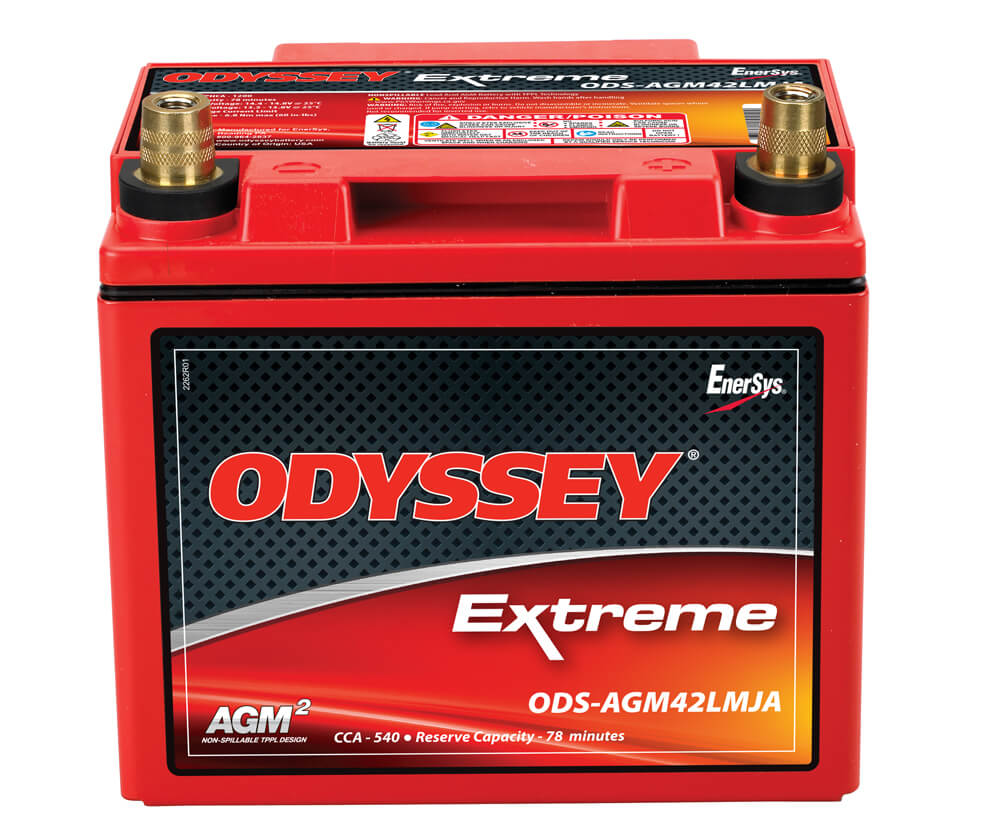florida cracker
New Member
- Joined
- May 25, 2022
- Messages
- 49
I have questions about a unique application. I am a teacher and my students are working on a solar charged, electric powered, go kart. It is a competition through a local college (have older thread asking different questions about it https://diysolarforum.com/threads/introduction-and-advice-on-solar-charged-go-kart.40588/ ) . There are limitations on the battery capacity we can use (720wh). We are running an electric motor (ME0909) that is capable of drawing 300 amps for up to 30 seconds and 100 amps continuously. We want to try lithium batteries to run in series to run motor at 36v.
The battery option would/should allow us to do this is the 12v 18ah battery (12.8v x 18ah = 230.4wh). While looking up options for that size battery I have found two different problems, most of them have the F2 connectors which I assume would not handle the amps we would want to run through them.
I also found a recommendation that due to the individual BMS on the batteries, they would not charge properly wired in series. Logic being that the first battery would charge fully and the BMS would then shut down further charging. My understanding is that because they are wired in series, they should all be charging at the same time, at the same rate, similar to how one single battery would charge.
Am I correct in assuming the F2 connectors are a no-go and is there a problem with wiring in series?
The battery option would/should allow us to do this is the 12v 18ah battery (12.8v x 18ah = 230.4wh). While looking up options for that size battery I have found two different problems, most of them have the F2 connectors which I assume would not handle the amps we would want to run through them.
I also found a recommendation that due to the individual BMS on the batteries, they would not charge properly wired in series. Logic being that the first battery would charge fully and the BMS would then shut down further charging. My understanding is that because they are wired in series, they should all be charging at the same time, at the same rate, similar to how one single battery would charge.
Am I correct in assuming the F2 connectors are a no-go and is there a problem with wiring in series?






